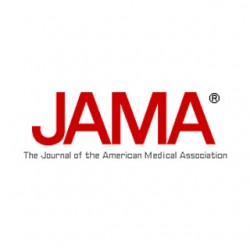
Synopsis
A study of federally funded health centers found that those that have a greater number of attributes associated with a patient-centered medical home also had higher operating costs. Although medical homes have the potential to improve quality of care and slow the growth in overall health care costs, primary care payment must reflect the increased costs associated with the medical home to ensure that this care delivery model can be sustained.
The Issue
With early evidence showing that patient-centered medical homes (PCMHs) can improve access to high-quality primary care, many health care leaders are calling for widespread adoption of this care delivery model. To make informed decisions when implementing a PCMH, primary care practices must understand the operating costs related to providing round-the-clock access to care, purchasing and maintaining electronic health records and clinical information systems, and others. Such data are also needed to design financially feasible payment policies for medical homes. Writing in the Journal of the American Medical Association, Commonwealth Fund–supported researchers compared practices' medical home ratings, specifically looking at federally funded health centers, and their operating costs.
Key Findings

